How to plant and care for cannes outdoors?
As in most cases, planting of cannes outdoors is carried out in the spring. This plant does not like low temperatures, so it is best to wait until mid-May, since at the beginning of the month there are often quite noticeable colds, up to frost at night. Exposure to cold affects the timing of flowering canna. Sometimes it does not have time to bloom at all, so you need to follow all the recommendations when growing and caring for a green pet.
First of all, canna is a perennial plant, the cultivation of which is carried out mainly in the garden in the open field, but sometimes it is also bred at home. It is valued for its decorative qualities: cannes flowers are so diverse and beautiful that they can decorate any area, add sophistication to the garden, and add tropical notes to landscape design. The natural growth zone of this plant is the countries of South and Central America, as well as India and China. Flowers are yellow, purple, orange, as well as two-colored, for example, yellow with scarlet specks or with petals in two contrasting colors. Considering the size of the inflorescence, the effect during the flowering period is amazing.
However, the rest of the time, until the flowers have blossomed or, on the contrary, have faded, this plant attracts attention, since even its leaves can have a rich, intense, sometimes very unusual shade. In order to see these luxurious plants in their garden, flower growers are ready to spend energy on their cultivation and rather careful care. The most important prerequisite for growing cannes to live up to expectations is proper planting in the spring and / or proper care in preparation for wintering in the open field.
Cannes breeding methods
Cannes reproduce by seed and tuber division. The method of propagation by seeds is rarely used, mainly for the purpose of selection, when there is a desire to get new, independently bred varieties, the flowers of which will be one of a kind. In other cases, the more common method is used, in which the tuber undergoes division. Each part must have at least one kidney. The sections should be sprinkled with coal dust, as is done in many cases of dividing the tuber in other plants.
So, briefly about seed reproduction. The process is simple, but it has its own subtleties. For example, the seed coat in this case is very hard, and in order for germination to take place, it must be softened. For this, the seeds must be doused with boiling water and left on a warm battery overnight. This is followed by planting seeds in pre-moistened, light soil. The air temperature in the room should be at least 22 degrees, the light should be dim (you can put a box with sown seeds in a shaded corner). After about four weeks, sprouts should appear. When they grow up and have at least three leaves on them, each seedling should be transplanted into a separate tray. In this form, they should be kept until the moment when favorable conditions come under which planting in the open ground becomes possible.
Advice
If you want the cannes to release flowers in the first year after planting, it is better to resort to reproduction by dividing the tuber, since during seed propagation the plant usually blooms only in the next season.
Now about the division of the tuber. As already mentioned, the tuber is divided into segments, each of which contains one or more buds. Then you need to germinate these buds.This is done beforehand so that the plant has enough time to bloom in the same year in which the planting was carried out.
Germination takes place as follows:
- on the bottom of any container you need to pour a layer of soil, you can use sand;
- lay the tuber segments on top so that the bud is horizontal;
- cover the segments with sand so that they are completely covered;
- moisten the soil (sand) with a spray bottle.
The container should be kept at a sufficiently high air temperature in the room - at least 23 degrees above zero. It is advisable to even slightly warm it from below. This will help the buds germinate more intensively. Caring for tubers during this period is reduced to observing the temperature regime and regularly moistening the soil. When the sprouts reach a sufficient size, they will need to be planted in separate trays and kept under conditions similar to growing from seeds, that is, at a room temperature of +16 and sufficient lighting. Then the plant is planted on the site and then grown in the open field in compliance with all the rules.
Landing requirements
Planting cannes in open ground requires preparation. For each plant, it is necessary to dig a fairly deep hole - about 60 cm. This depth is dictated by the need to create a "thermal cushion", which is done using fresh manure.
The sequence of actions is as follows:
- place a layer of manure about 20 cm high at the bottom of the hole;
- pour the same layer of earth with humus on top;
- water the "pillow" abundantly;
- place a segment of a tuber with a sprout on top;
- cover the root with soil so that the depth does not exceed 10 cm.
If the divided tuber has not had time to germinate enough, then it can be planted at a shallower depth, for example, seven centimeters. As a result of the "burning" of manure under a layer of earth, the roots will receive a sufficient amount of heat, as a result, the plant will bloom earlier, and the flowers will be more luxuriant.
Advice
Planting and subsequent care of a plant depends on its variety - it should be clarified which one is planned to be grown, and then do it taking into account all the nuances.
Care features
Caring for cannes outdoors is not the easiest process. Cannes love warmth, well-drained soil, and ample moisture. If the planting was done taking into account all the subtleties, the flowers will appear in about a month and a half. Further care consists in regular watering, loosening and feeding the plant. Cannes should be watered at least once a week, during dry periods at least twice a week.
In addition, it is important to regularly loosen the soil around the canna. During the growing season, it is necessary to apply mineral fertilizers in the process of loosening. Dried flowers should be removed immediately before fruit forms.
Cannes are susceptible to various diseases and pests. In some cases, the roots and leaves suffer, sometimes the flowers turn black and die. Therefore, caring for them may require treating the plant with insecticides.
Closer to autumn, watering cannes should be less and less, after the end of flowering and completely stop watering. For the winter, the rhizomes of the plant must be pulled out, since they cannot hibernate in the open ground. To do this, it is necessary to remove the root from the hole along with a lump of soil around it and place it for storage in a box, sprinkling it with soil on top. Caring for tubers in winter consists in observing basic storage conditions. First of all, the temperature in the room should be about +5 degrees, the light is diffused. It is necessary to periodically moisten the soil. In the spring, before planting in the ground, repeat the germination procedure.
Advice
Before digging up the rhizome, the stems of the plant should be cut to a length of about 10-15 cm.
Despite the laborious care, growing cannes in the garden fascinates many growers.The decorative qualities of this plant justify all the efforts expended on its cultivation. Over time, the process will become familiar and practiced, and planting and leaving will no longer seem so difficult. In addition, the plant tolerates transplants painlessly, so in the fall it can be planted in a pot and transferred to the house. This opportunity will be especially pleasing if the flowering of cannes does not stop by the time they need to be dug out for storage for the winter. In this case, gorgeous flowers will delight the owner for another month or even longer, but not in the garden, but at home.
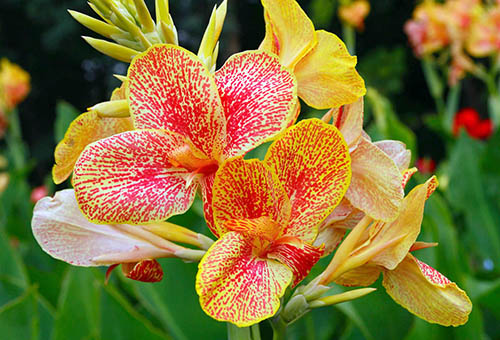

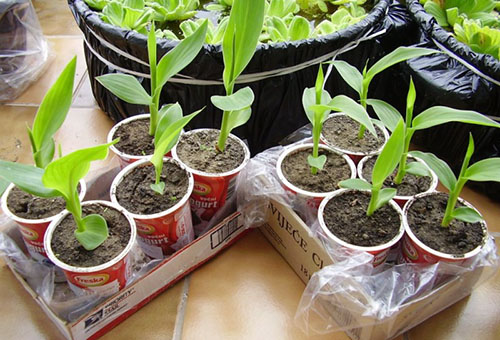
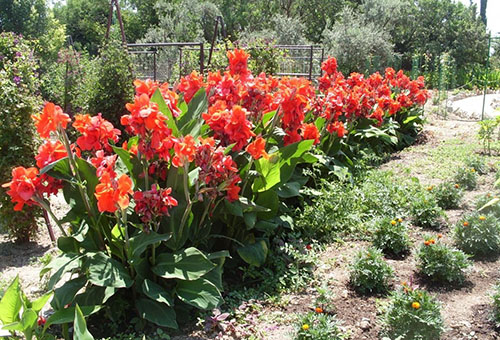
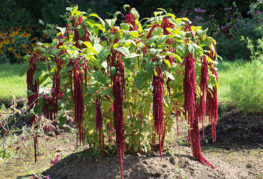
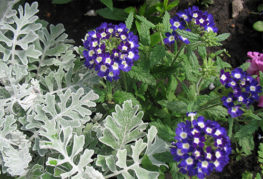
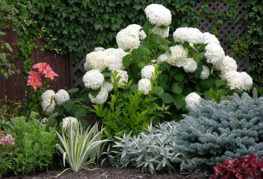

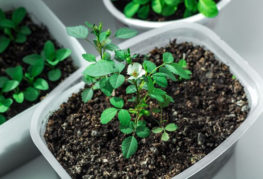

and will be published shortly.